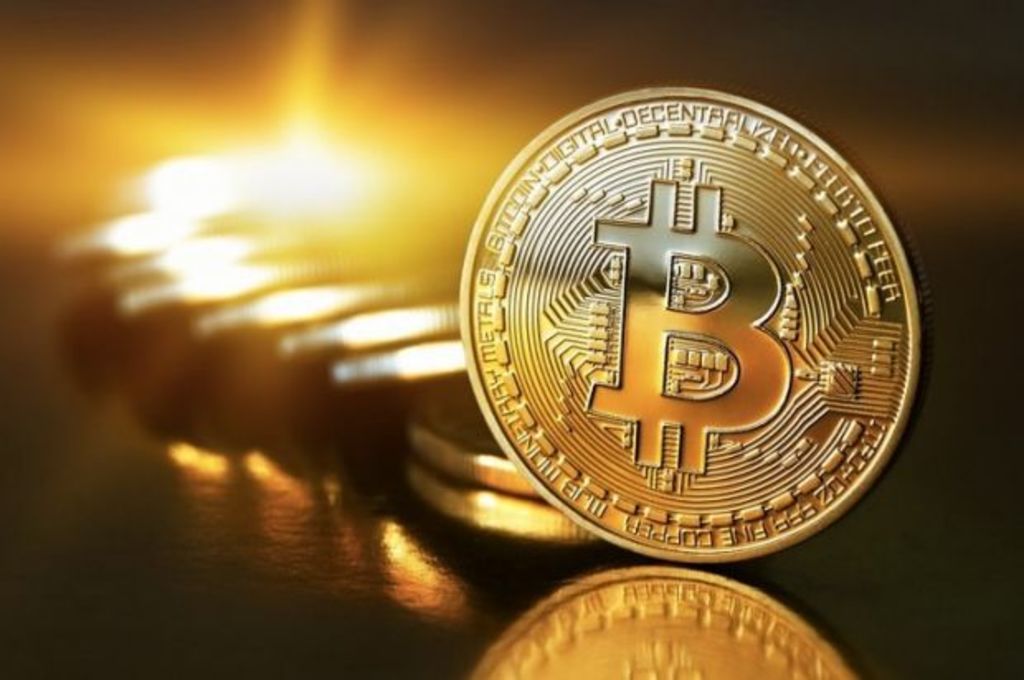Irrigation systems keep crops, lawns, gardens, and other landscaped areas healthy and lush by providing water. However, maintaining healthy and lush landscapes during the winter can be difficult. Luckily there are several things that can help.
Continue reading to learn more about winter landscape maintenance!
Types of Irrigation Systems
Irrigation systems come in a variety of styles, including:
Sprinkler Systems
Sprinkler systems use a network of underground pipes to distribute water through a series of spray heads or nozzles. These can be either stationary or portable and can be adjusted to provide the right amount of water to the plants and lawns they are watering.
Drip Irrigation Systems
Drip irrigation systems use a network of underground pipes to slowly release water at the base of plants through small emitters or drippers. This type of system is very efficient and can reduce water waste.
Flood Irrigation Systems
Flood irrigation systems, also known as surface irrigation, flood the field with water. This type of system is more commonly used in large fields or farmlands. Underground irrigation systems use a network of underground pipes to distribute water through a series of underground sprinkler heads. These systems are typically used for large lawns or sports fields.
Irrigation systems can be automated or manually operated and can be adjusted to provide the right amount of water to the plants and lawns they are watering.
It should be noted that there might be restrictions and guidelines on irrigation systems in Etobicoke and other areas, particularly during droughts. The City of Toronto, for example, has a bylaw that governs the use of irrigation systems, establishing specific times of day when they can be used and restricting their use during certain months. Before installing any irrigation system, it is always a good idea to check with local authorities.
6 Winter Landscape Maintenance Tips
Winter landscape maintenance can be complex, but several tips can help:
1. Use Mulch
Mulch can be used to insulate the soil and retain moisture. This will help to keep roots warm and protected from harsh winter weather.
2. Watering
Even during the winter, providing plants with enough water is essential. This is especially important for evergreens, which can dry out in the winter wind. It is best to water in the late afternoon or early evening to allow the water to soak in before freezing temperatures set in.
3. Fertilizing
Fertilizing plants in the fall can help them to build up the energy they need to survive the winter. This is especially important for evergreens, which can be damaged by harsh winter weather.
4. Pruning
Pruning plants can help to remove dead or diseased wood, which can help to prevent disease spread. When the plant is dormant, it is best to prune in the late fall or early winter.
5. Covering
Covering plants with burlap or frost blankets can help to protect them from frost and wind damage. This is especially important for tender plants that cold temperatures may damage.
6. Snow Removal
When heavy snowfall occurs, it is crucial to remove the snow from the plants and shrubs, as the weight of the snow can damage or break branches.
Take Away
Even in the winter, when your plants are dormant, they still require care and maintenance. Mulching, watering, fertilizing, pruning, covering, and removing snow can all help to protect plants from harsh winter weather and prepare them to thrive when spring arrives.
By following these tips, you’ll be sure to keep your landscapes healthy and lush even during the cold winter months.








More Stories
Get The Best Home For Your Money With These Tips